Popular games for franchise Vocaloid
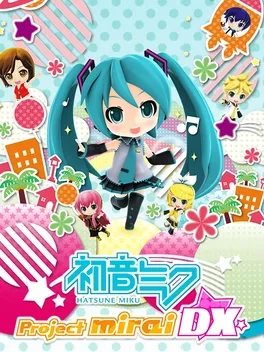
Hatsune Miku: Project Mirai DX is a rhythm game and the sequel to Hatsune Miku and Future Stars: Project Mirai. The game is also a spin-off of the Hatsune Miku: Project DIVA series of Vocaloid rhythm games. Like the original, the game primarily makes use of Vocaloids, a series of singing synthesizer software and the songs created using these vocaloids, most notably the virtual-diva Vocaloid Hatsune Miku. While Project Mirai only had button controls, Project Mirai 2 adds the use of touch screen controls where players tap the bottom screen. An increased sense of speed and additional gimmicks have also been added. The "PuyoPuyo 39" mini-game can be played by two people through a local wireless connection.
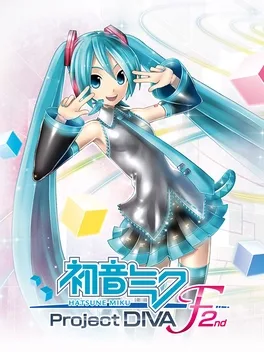
Hatsune Miku: Project DIVA F 2nd is a rhythm game, and is the direct sequel to Hatsune Miku: Project DIVA F. The game is set to have a similar play style to its predecessor whilst featuring new songs, returning songs from previous games, and character modules. New in-game mechanisms original to the game include sliding touchscreen notes, and double scratch notes. The DIVA room also features various minigames that can be played, including a clapping game. Another new addition to Project DIVA F 2nd over the previous game is the ability to change skins for the rhythm game mode, where decorative skin designs can be downloaded as DLC. The game features cross-save support between PS Vita and PS3 systems.
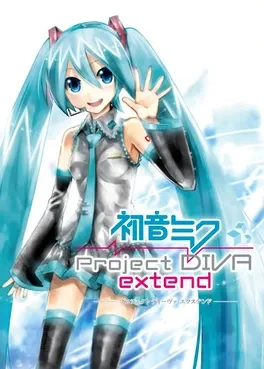
Hatsune Miku: Project Diva Extend is a rhythm game and an enhanced version of the 2010 title, Hatsune Miku: Project Diva 2nd. Like the original the game primarily makes use of Vocaloids, a series of singing synthesizer software, and the songs created using these vocaloids most notably the virtual-diva Vocaloid Hatsune Miku. The gameplay remains the same as in the previous game, but Extend features a larger set of songs and modules. Similar to past games in the series, a companion game Hatsune Miku: Project Diva Dreamy Theater Extend was released on the PlayStation 3 with improved visuals and it also supports stereoscopic 3D for the first time in the series.
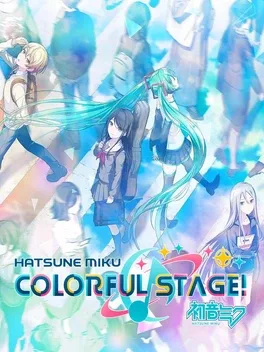
Hatsune Miku: Colorful Stage! is a rhythm game for iOS and Android. The game is a collaboration between SEGA, Colorful Palette, and Crypton Future Media.
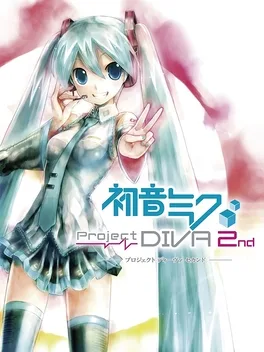
Hatsune Miku: Project DIVA 2nd is a rhythm game and a sequel to the 2009 title, Hatsune Miku: Project DIVA. Like the original the game primarily makes use of Vocaloids, a series of singing synthesizer software, and the songs created using these vocaloids most notably the virtual-diva Vocaloid Hatsune Miku. In addition, a companion game Hatsune Miku: Project DIVA Dreamy Theater 2nd that allows players to play the game on the PlayStation 3 with improved visuals. There are a total of 66 songs available in Hatsune Miku: Project Diva 2nd.
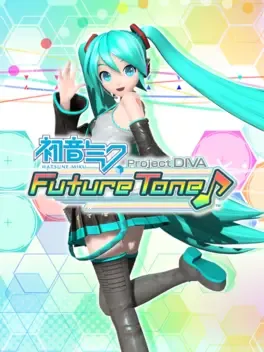
Hatsune Miku: Project Diva Future Tone is a home console port of Hatsune Miku: Project Diva Arcade Future Tone for the PlayStation 4, containing over 200 songs and 300 modules to collect.
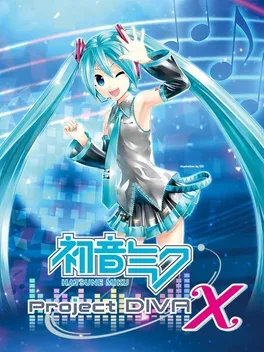
Hatsune Miku: Project Diva X is a rhythm game in the Project DIVA series of games featuring Crypton Future Media's popular VOCALOID voicebanks. Sega confirmed the concept for the game is both live concerts, and producing. New to the series is the Live Quest story mode, which infuses the series' classic rhythm gameplay with RPG elements.
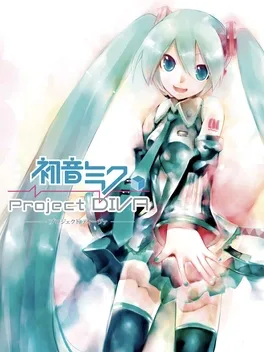
Hatsune Miku: Project Diva is a rhythm game and the first game in the Project Diva series. The game primarily makes use of Vocaloids, a series of singing synthesizer software, and the songs created using these Vocaloids most notably the virtual-diva Vocaloid Hatsune Miku. The game is the first video game to utilize the Vocaloid software developed by the Yamaha Corporation. In addition, Sega has released Hatsune Miku: Project Diva Dreamy Theater, a downloadable game on the PlayStation Network for the PlayStation 3. It allows players to play Project Diva on the PlayStation 3 with updated visuals though it requires the PlayStation Portable to be plugged into the PlayStation 3 via a USB cable.
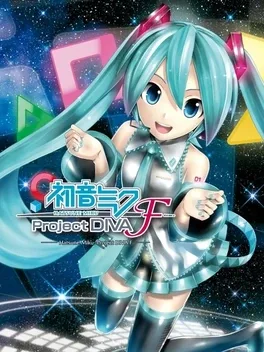
Hatsune Miku: Project Diva F is a rhythm game and the fifth entry in the Hatsune Miku: Project Diva series of Vocaloid rhythm games. It was also the first game in the Project Diva series to be released in the West. Like the original the game primarily makes use of Vocaloids, a series of singing synthesizer software, and the songs created using these vocaloids, most notably the virtual-diva Hatsune Miku. The game retains the same basic gameplay mechanics from the series albeit with several new changes, most notably the addition of the "Star" symbol to the game's existing symbols of cross, circle, square, triangle and arrows. The "Star" symbol represents the "Scratch" move where instead of pressing the face buttons as usual, players rub the screen or flick the analogue stick, depending on which system is being used. "Chance Time" has been modified from previous installments, with each successful beat filling a star shaped gauge on the bottom left of the screen. When filled, it triggers a final scratch symbol that, if successfully scored, will change the outcome of the scene. Another new mechanic is the "Technical Zone" mechanic. When it occurs during a song, players must maintain an uninterrupted combo within that time limit for bonus points.
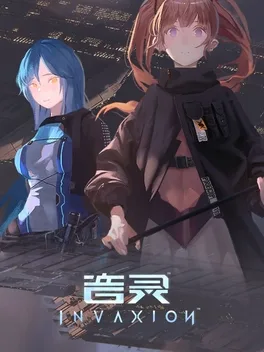
Classic music gameplay with a whole new game experience! Players will play as a member of the mercenary army, ”Invaxion”, head into an interstellar journey to collect the fragment of music and art while fighting back with the Artificial Intelligence to save the day.
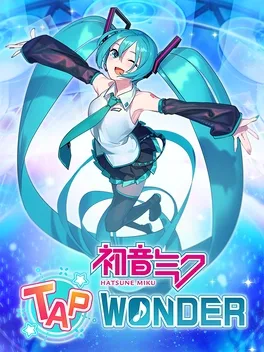
Light up Hatsune Miku's concerts with the tap of your finger! The controls are easy! All you do is tap! Gather all sorts of costumes and adorable friends to perform concerts around the world! The game will be ending service on the 25th of January, 2024.
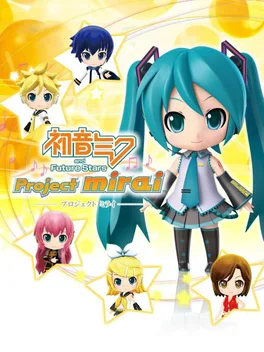
Hatsune Miku and Future Stars: Project Mirai is a rhythm game and a spin-off of the Hatsune Miku: Project DIVA series of Vocaloid rhythm games. Like the original the game primarily makes use of Vocaloids, a series of singing synthesizer software, and the songs created using these vocaloids most notably the virtual-diva Vocaloid Hatsune Miku. The game features different character designs than the main games and the characters appear as their Nendoroid-style, Super deformed versions. For the game's primary gameplay, its music mode, it uses what it calls the "Chance Circle System". Buttons will appear around the border of a circle, and a pointer will appear from the center of the circle extending all the way outside the circle's border. It will then turn in a clockwise or counter-clockwise manner according to the song and when the pointer passes the button, the player has to press the face button on the 3DS. Similar to the series, the player's time accuracy will also be rated on a similar scale and manner that will be displayed on the bottom of the screen. In addition the game does not feature the Edit Mode of the Project DIVA series, while the DIVA Room Mode is replaced by the game's My Room mode whereby players similarly get to interact with their modules in a room.
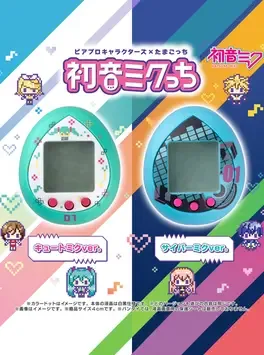
The Hatsune Mikutchi is a licensed Tamagotchi Nano model, released in March 2023, based on Hatsune Miku, a Vocaloid software voice bank developed by Crypton Future Media.
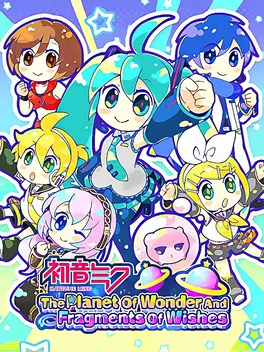
Miku and friends crash land on a mysterious planet during their space journey... There they meet many unique characters! Play all kinds of games to grant everybody's wishes! Contains nine minigames including the previously released Amiguru Jump and Amiguru Train.
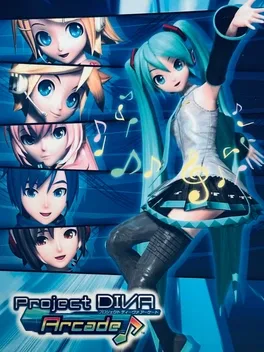
Hatsune Miku: Project DIVA Arcade is an arcade rhythm game. The game is a port of the 2009 video game, Hatsune Miku: Project DIVA, with updated visuals. The gameplay is relatively the same as the original. The signature PlayStation buttons, cross, circle, square and triangle are now the 4 large buttons on the machine's panel, and players push those buttons to play the games. Unlike the handheld versions of the game, players can hold a button or buttons for an unlimited time when the game indicates to hold a certain note. This will allow players to receive a bonus which continuely increases the score until the player releases one of the held button or a "Max Hold Bonus" is granted. Another difference is that multiple buttons can be hit at the same time up to all four buttons. The arcade version features songs from both Hatsune Miku: Project DIVA series and Hatsune Miku and Future Stars: Project Mirai, along with a variety of original songs not included in either of the handheld versions. The Promotional Videos for the game, which are the videos playing in the background during a song have been updated and re-rendered for the game bearing a similar resemblance to the Dreamy Theatre versions of the PVs.
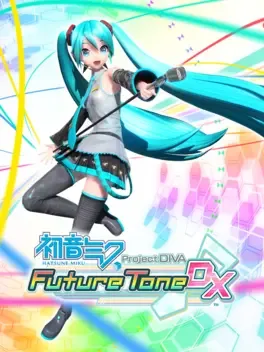
Hatsune Miku: Project Diva Future Tone DX is a packaged release that includes Hatsune Miku: Project DIVA Future Tone Prelude, Hatsune Miku: Project DIVA Future Tone Future Sound, Hatsune Miku: Project DIVA Future Tone Colorful Tone, “1st Encore Pack,” “2nd Encore Pack, and “3rd Encore Pack” add-ons are also included. Additionally, to commemorate the release of the physical version, we’re adding the song “Ghost Rule,” which has achieved over 9.5 million views on video upload websites. In total, Hatsune Miku: Project DIVA Future Tone DX includes 237 songs and 396 modules (costumes).
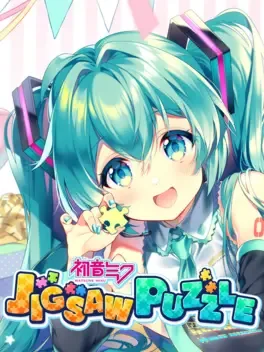
A jigsaw puzzle game featuring Hatsune Miku.

MIKU BREAK was a raising sim in which players were able to raise Miku and help her hold concerts. The app was also interactive with real life events.
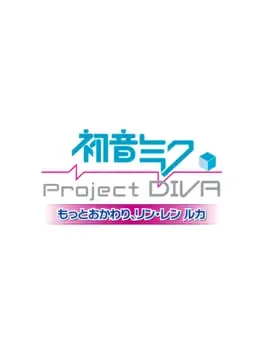
The second Hatsune Miku: Project Diva DLC was released by SEGA on the PSN Store on 1 July 2010. It featured 18 songs sung by Kagamine Len/Rin and Megurine Luka (2 songs by Len, 7 songs by Rin, and 9 songs by Luka), high-quality polygon PVs of all the songs, 'Toeto' Luka minigame, and special Len/Rin and Luka themes for PSP XrossMediaBar (XMB) menu.
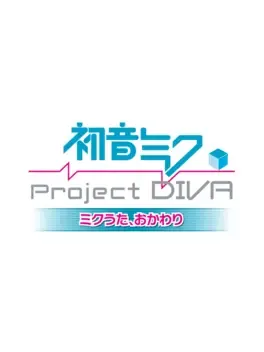
The first Hatsune Miku: Project Diva DLC was released by SEGA on the PSN Store on 25 March 2010. It featured 9 songs sung by Hatsune Miku, high-quality polygon PVs of all the songs, "*Hello, Planet" 8-bit minigame (featuring 4 levels), and a special Miku theme for PSP XrossMediaBar (XMB) menu.
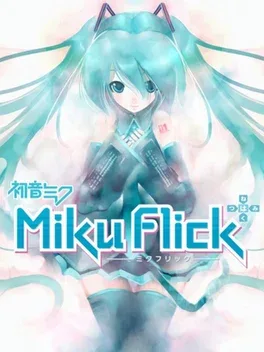
Miku Flick is a rhythm game and a spin-off of the Hatsune Miku: Project DIVA series of Vocaloid rhythm games. As the game is a spin-off from the Project Diva series, its gameplay differs greatly from the original series. Players can pick their songs using a Cover Flow system from a selection of 13 songs all sung by Hatsune Miku. This is the first game in the series to not feature any other Vocaloids apart from Hatsune Miku. The game has 10 tiles, arranged in a 3×3 grid with the last column having a 4th tile at the bottom. Each of these tiles has a hiragana Lyric on them, when indicated you are required to flick the tile in the indicated direction. Timing is as essential as the original game as the game still retains the points system as well as accuracy scoring system as the original series.
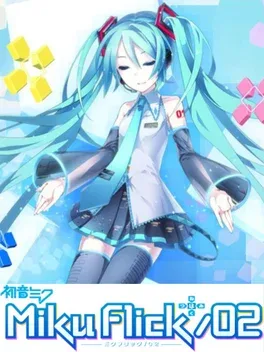
Miku Flick/02 is a rhythm game, a sequel to Miku Flick, and a spin off of the Hatsune Miku: Project DIVA series of Vocaloid rhythm games. The game will retain the primary gameplay of its prdecessor whereby the game has 10 tiles, arranged in a 3x3 grid with the middle column having a 4th tile at the bottom. Each of these tiles has a hiragana Lyric on them, when indicated you are required to flick the tile in the indicated direction. Unlike its predecessor though, the game will feature vocaloids other than Hatsune Miku including Kagamine Len, Kagamine Rin and Megurine Luka as well as duet songs whereby two vocaloids would sing together for a song. The game will also include a new "Extreme" difficulty mode, which will provide players with a difficulty between the "Hard" Mode and "Break the Limit" Mode of the original.
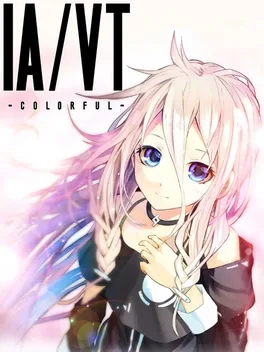
IA Visual Tracks -COLORFUL- (also known as "IA/VT -COLORFUL-") is a game produced for the PS Vita by MARVELOUS Inc. It stars 1st Place Co., Ltd.'s VOCALOID, IA in her first video game role. The game was initially due for its Japanese release on July 31, 2014, but after several delays was released on July 30, 2015. When Marvelous released official apology notices about the game delays, there were no officially statement as to the reason behind the delay, although it was mentioned that "the further improvement of quality" was a key factor.
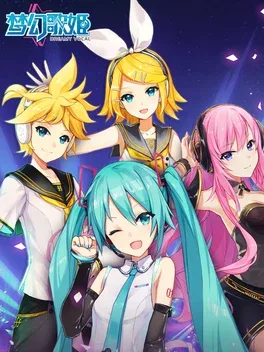
Hatsune Miku: Dreamy Vocal was a rhythm game by Tencent Games and supervised Crypton Future Media, Inc.. It was built for iOS and Android devices and could only be downloaded with a Chinese account.